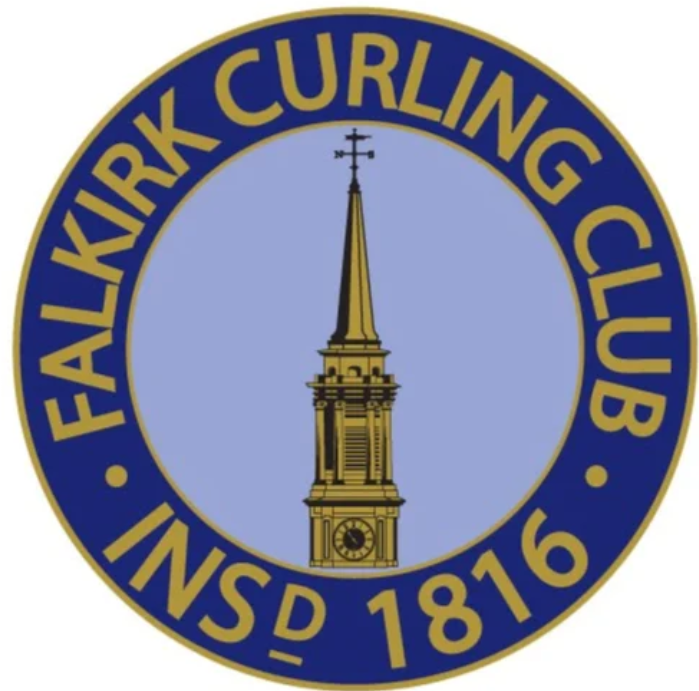Originally published in the Falkirk Herald, March 2017
By Ian Scott
On Friday last I had the pleasure of attending the 200th anniversary dinner of Falkirk Curling Club in the Leapark.
It was an excellent evening well in keeping with the social gatherings (and the generous purvey) which seemed to distinguish the club from the start if the surviving minutes are to be believed.
The founders of ‘Society’ as it was then called gathered first in the Red Lion on February 23, 1816 and ever since their successors have assembled regularly to enjoy food, drink, good company and even the occasional spot of curling!
The Falkirk of 1816 was little more than a village with around 5000 inhabitants. Most activities were related to agriculture like brewing, distilling, weaving, baking or tanning and there was no police force or courthouse and no elected council.
What power there was lay in the hands of our old friends the stentmasters elected by the craftsmen and merchants whose main claim to fame was the erection of the new steeple in 1814.
Several members were involved in starting the curling society including Thomas Johnston whose family became, and remain, publishers of the Falkirk Herald.
There were far fewer sporting activities available then and curling was very popular all over the land – the Kilsyth club had been playing on the Colzium estate pond since 1716!
For nearly a century the curlers depended on their old friend ‘Jack Frost’ (the subject of a special toast last week) and when he did provide, the great and good made a beeline for Callendar Loch or the purpose built curling ponds at Cobblebrae, Comely Place or Bells Meadow.
Here for decades fierce battles were fought with other enthusiasts of the ‘roaring game’ from Camelon, Stenhousemuir or Banknock who were the local superstars.
The opening of Scotland’s first ice-rink at Crossmyloof in 1909 offered curlers a new solution to the vagaries of the Scottish weather but local clubs had to wait until the 1930s to get an indoor venue nearer home.
It started with a surprise victory for the British ice hockey team in the 1936 winter Olympics. This prompted a rush to create new venues and in Falkirk an alliance of curlers, skaters and hockey enthusiasts made the case for a local ice rink. George Strang’s farm at Randyford was purchased for £40,000 and by the end of 1938 the familiar building on Grangemouth Road was ready.
On November 30 the Earl of Stair, president of the Royal Caledonian Curling Club, threw the first stone and Falkirk Ice Rink was officially open. For the next 40 years this was the Falkirk club’s home until it closed down and in 1981 the curlers moved to Williamfield in Stirling.
Since 2009 they have been based at the Peak also in Stirling but it would be nice to think that they might one day return to a new ice-rink of our own, back to the town that gave birth to the club two centuries ago.
To mark the bicentenary the club has published an excellent account of their history compiled from the minutes by David Westall.
It is a fascinating read and a window on the changing world in which succeeding generations of curlers went about their sport and social pleasure.
The most striking thing emerging from the records and indeed from last Friday’s gathering in the Leapark, is the strong bond of friendship that has existed since those first gatherings and remains two centuries later among the ‘knights of the broom’.
Long may they continue to guard, draw and sweep and celebrate their wins and losses round the groaning table!

